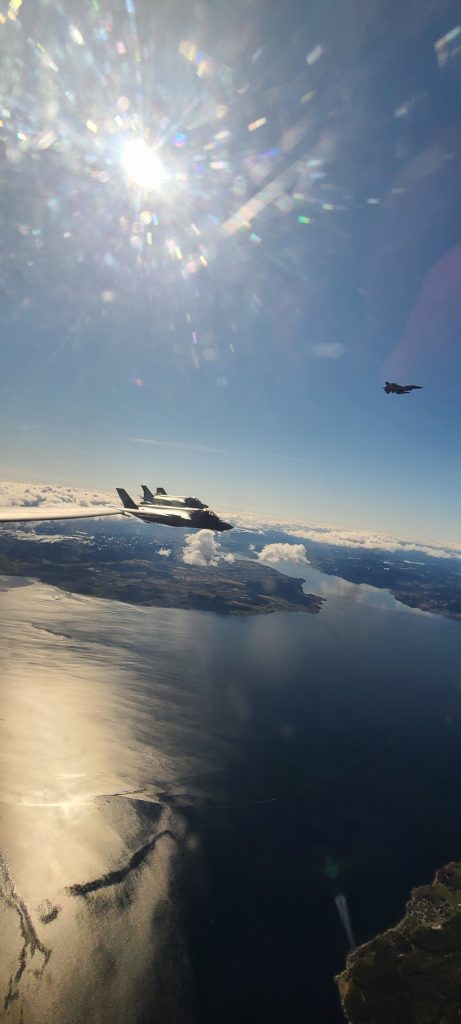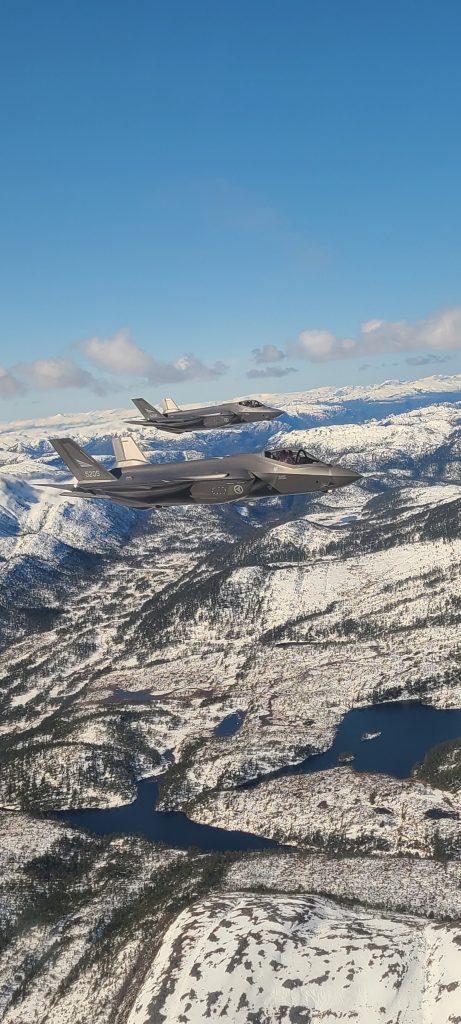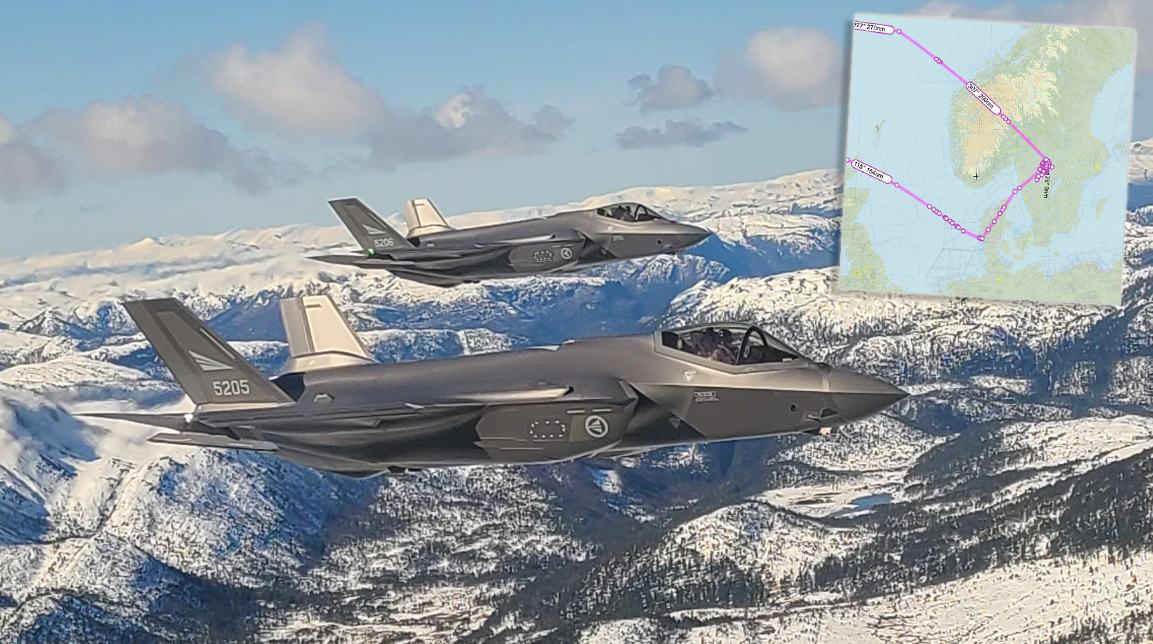These stunning photographs show the integration of a B-1B Lancer with NATO and allied fighters during a recent long-range Bomber Task Force mission to Europe from the cockpit of the BONE.
On May 20, two B-1B Lancers from the 28th Bomb Wing, Ellsworth Air Force Base, South Dakota, conducted a mission to the Nordic region. The mission, one in a series of long-range strategic Bomber Task Force missions to Europe, is worth of note for at least a couple of interesting details: first, it marked the first time B-1s flew over Sweden to integrate with Swedish Gripens while conducting close-air support training with Swedish Joint Terminal Attack Controller ground teams at Vidsel Range; second, the B-1s integrated with Royal Norwegian Air Force F-35s to fly tactical sorties and conduct a low-approach over Ørland Air Station, Norway, the home of the RoNAF’s recently operational F-35 fleet.
U.S. Air Forces in Europe & Air Forces Africa released some images of the Bones flying in formation with both the Swedish and the Norwegian combat aircraft, but we can show you the same integration operations as seen from the cockpit of one of the B-1 Lancers. In fact, we obtained the cool shots taken by a B-1’s WSO that you can find in this post.
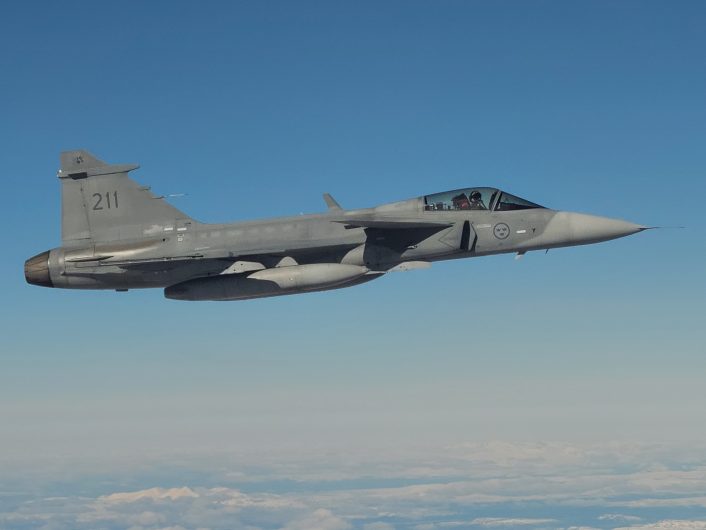
The images were taken through the DSO (Defensive Systems Officer) window on the left aft side of the BONE – he was the DSO for this mission. There is also one shot that was he took through the window on the OSO (Offensive Systems Officer) position on the right aft side of the BONE.
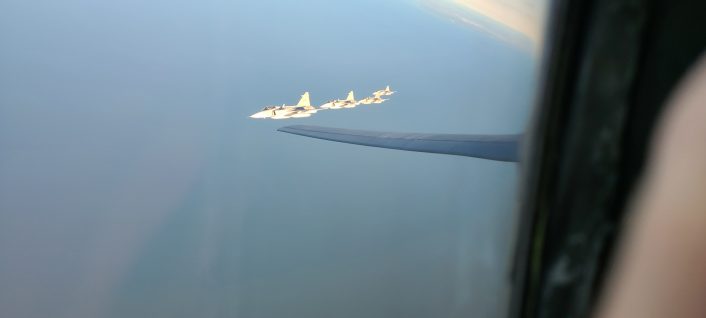
Here’s the route the B-1s flew on May 20, once again provided by our close friend Arjen Peters.
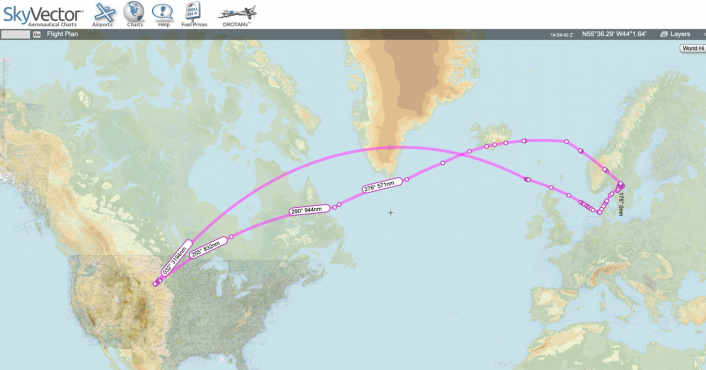
The WSO is a member of the 34th Bomb Squadron. The 34BS likes to be called “The World Famous Thunderbirds” since their lineage (1917) predates the Thunderbirds demo team (1953). The 34BS TBirds, along with their sister squadron the 37th Bomb Squadron “Tigers” are two of three squadrons at Ellsworth AFB, SD, that share “Doolittle’s Raiders” heritage – both under AFGSC. The 89th Attack Squadron (89ATKS – MQ-9 Reapers) is an ACC tenant at Ellsworth and was also part of the 1942 Doolittle Raid. The fourth Doolittle’ Raiders squadron, the 95th Reconnasance Squadron (95RS) “Kicking Mules”, are currently at Beale AFB, CA.
During their Nordic region mission, the B-1s (using radio callsign “BONE 31-32”) were supported by KC-135 Stratotanker aircraft belonging to the 100th ARW (Air Refueling Wing) from RAF Mildenhall, UK.
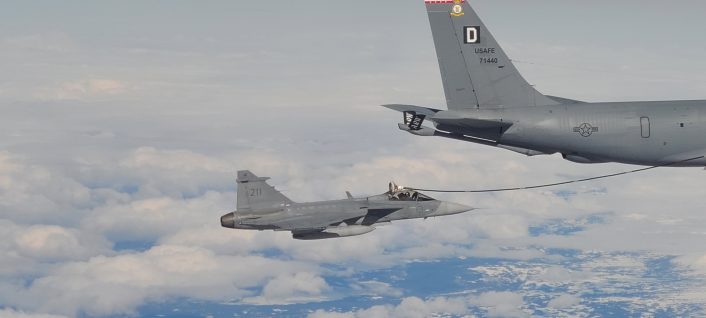
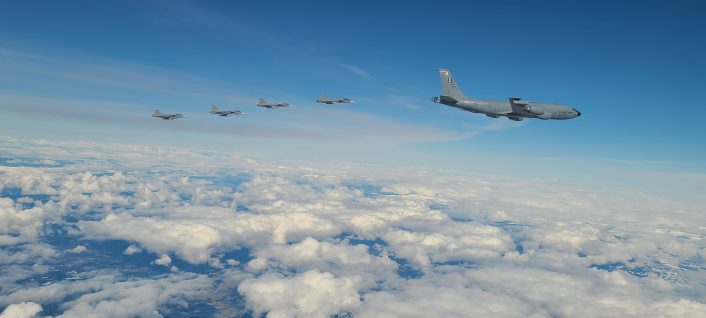
Here are some more images:
